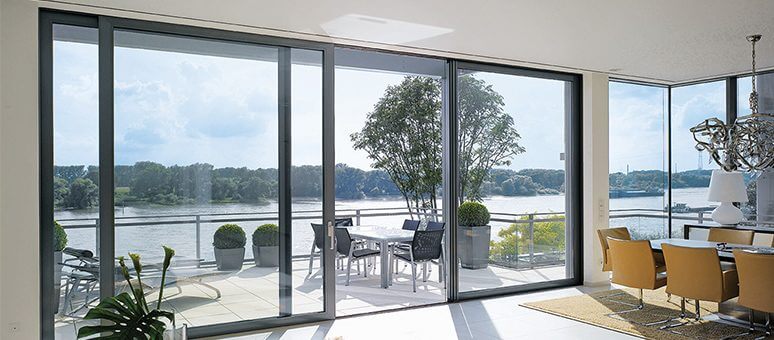The Pros and Cons of Smart Window
Film
Installing smart films is a great way to enhance the look and security of a home.
However, there are a few disadvantages of this solution ติด ฟิล์ม อาคาร. The first is that smart films
require wiring and electricity. If you’re not comfortable with these risks, you can
always go for a different option. This solution is also eco-friendly. Before installing it,
make sure you know everything about it. Also, remember that you need to be able to
provide electricity and wires.

Installation process of smart film
The installation process of smart window film is relatively simple. Just follow the
installation instructions carefully to avoid any hiccups switchable smart film. To begin with, you should
clean the glass with distilled water. Then, using a squeegee, remove any visible
particles. Then, spray the glass with distilled water or a light mist of moisture. Peel
off a thin protective layer on the adhesive side. Then, install the smart film.
To install smart film on glass, make sure you start by measuring the glass area.
Generally, you should apply it horizontally from side to side. After ensuring the film
is flat, proceed to the next step. Once you are satisfied with the installation, you
should press away any air bubbles. Be sure to have two people help you with the
installation to prevent delamination. If you don’t have any experience in doing
installations, call a specialist and ask them to do it for you.
Thin PDLC film
PDLC films are available in several colors and optical properties. Grey film surfaces
have higher luminance contrast ratios and are useful for reducing ambient light that
reflects off the surface or transmits through the film. They also increase the relative
brightness of display imagery. Gray film surfaces can be customized by pairing white
PDLC film with gray-tinted glass or by adding a layer of gray adhesive interlayers
during the lamination process. These films provide high transparency, a desirable
aesthetic characteristic for many applications.
The PDLC film technology consists of liquid crystal droplets dispersed in a UV-
curable optical polymer matrix, which is sandwiched between two sheets of
conductive, transparent layers. The liquid crystal molecules within the droplets are
randomly oriented in the default state, but align to an electric field when a voltage is
applied to the film. This feature enables PDLC smart films to act as rear projection
displays.

Flexible PDLC film
PDLC films are made from a polymer matrix that is highly transparent and foldable.
The method for making such films is called polymerization-induced phase
separation. The process results in the formation of liquid crystal droplets in the
polymer matrix upon UV curing. The flexibility of PDLC films was investigated by
performing bending tests on samples. The films were bent to a radius of 1.5 mm, as
shown in Figure 3a.
The most common applications for PDLC films are exterior windows and solar
control. Interior applications include privacy and projection partitions. The PDLC-
based films can be patterned to reflect a specific wavelength while transmitting all
other wavelengths. The morphology of the film is determined by the writing set-up,
materials used, and curing conditions. The resulting gratings can be either
transparent or opaque, and their properties depend on the thickness of each layer.
Eco-friendly solution
Smart film blocks 98% of ultraviolet rays. Its use reduces solar heat by 40% and
helps in improving comfort during hot summer months. Moreover, smart film
reduces eye strain caused by bright sunlight and minimizes fading of interior
furnishings. In addition, smart film is available in various color options, including
white, black, and green. You can easily choose the right film for your office. Read on
to learn how smart film can save you money and improve your office’s environment.
Smart Film can improve the privacy of offices, hospitals, and nursing homes. It can
also prevent the transmission of pathogens. It is energy-efficient, consuming just
three to six watts per square meter. It can be installed by homeowners or
professional installers, and customers can even purchase a pre-wired custom kit for
easy installation. The benefits of Smart Film are numerous. Aside from being eco-
friendly, it also allows you to save a great deal on your electricity bills.
